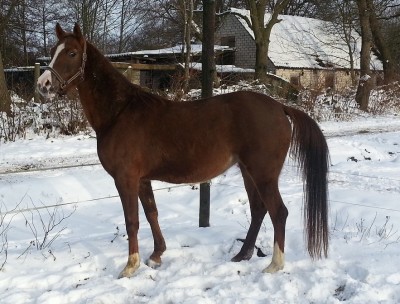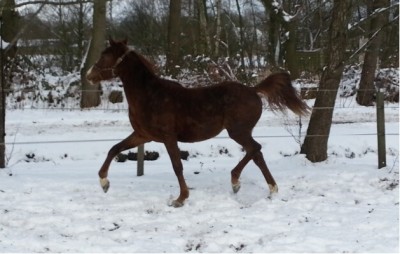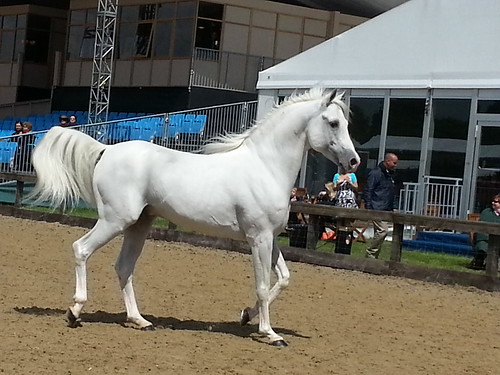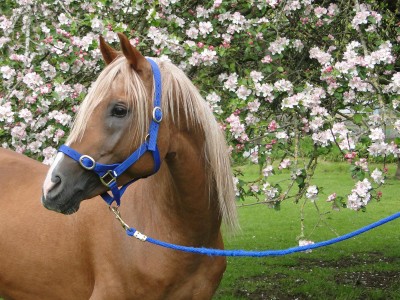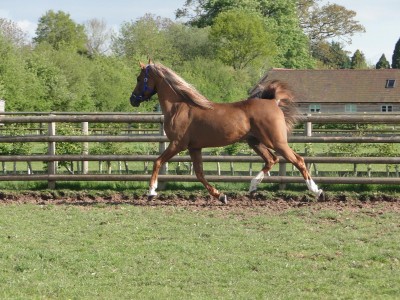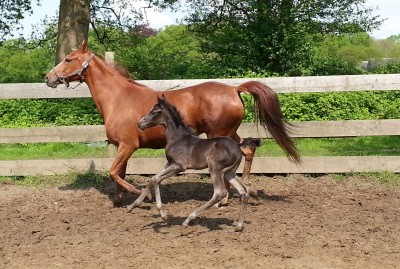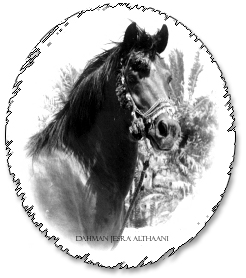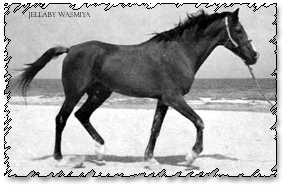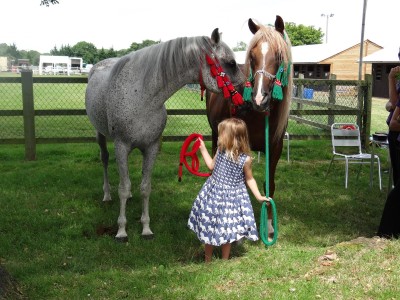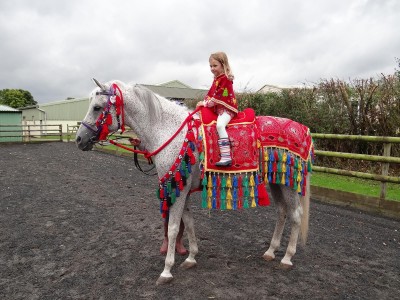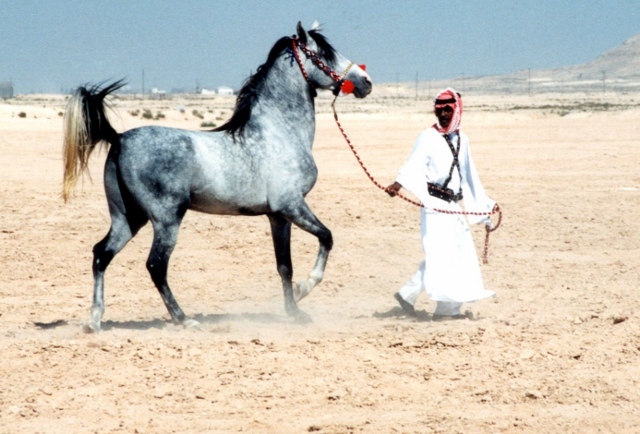Mlolshaan (Bahrain Studbook spelling) is an Arabian horse strain now only found in Bahrain, but which was also present in Najd in the past, as evidenced by its mention in the Abbas Pasha Manuscript page 251, under Kuhaylan al-Mulawlish.
I was always curious about the origin of the word Mulawlish, which is uncommon in Arabic today. It is obviously a Bedouin Arabic word, which means it can be traced to Classical Arabic, the language of the Qur’an and of pre-Islamic Bedouin Arabia.
The Bahrain Royal Stud website offers this interpretation of the meaning of the strain: “The name Mlolesh is believed to derivate from the word “Mlolash” the trilling high-pitched sound the Arab women make at weddings and other happy or exciting occasions. The original Mlolesh mare must have had a beautiful neigh!”.
So a Mlolesh is a trill, so to speak, and its usage, originally associated with women, was extended to mares. It is a common pattern with horse strain names, as is the case with the Kuhaylah.
Still, I thought I’d look up the word in another way, through a dictionary. The first step to find the origin of an any Arabic word is to take it back to its original trilateral root, a process that follows the generic rules of Arabic grammar. All (or almost all) Arabic word go back to trilateral roots.
The form of the word Mulawlish is common and is the same as Muhajir/Murafiq/Murasil/Musafir and can be traced back to the verb Lawlasha, which is itself an emphasized version of the verb Laasha. The trilateral Arabic root is hence L-W-SH (Lawsh).
The problem is that the root L-W-SH does not appear in the usual Arabic root dictionaries (e.g., Lesan Al-Arab, the most comprehensive of all, compiled in the XIIIth century from older dictionaries). That’s because the last letter “SH” or “CH” is how Bedouins (or some of them) pronounce the letter “K” (e.g., “Chabir” for “Kabir”, big, in Iraqi and Syrian Bedouin dialects, or “Hatchem” for “Hakem”, the name of the Fada’an Bedouin leader who was Homer Davenport’s counterpart). It took me a while to make that connection.
This means that the real trilateral Arabic root is L-W-K and not L-W-SH, and that the word Mulawlish should instead be rendered Mulawlik, back to verb Lawlaka back to the verb Laaka.
Lesan Al-Arab here tells us that one of the meanings of the root L-W-K (lawk) is the act of turning something (e.g., the tongue, as in chewing) inside one’s mouth (al-lawk idarat al-shay’ fi al-famm). The dictionary even illustrates this meaning by using the example of a horse chewing a bit by turning its tongue around it (wa qad laaka al-faras al-lijaam).
Now the explanation offered by the Bahraini Royal Stud website begins to make sense: the original meaning of turning something (the tongue) inside one’s month could have been extended to mean “the sound made by turning one’s tongue inside one’s mouth (i.e., a trill). From women making that sound in rejoicing at wedding, the meaning slipped and became associated with horses that make a trilling, high pitched sound when neighing.
That said, I believe that the more mundane, more literal meaning suggested by Lesan Al-Arab could provide the answer to the origin of the name: Mulawlish could simply refer to a mare/horse in the habit of chewing its bit tirelessly, or one prone to chewing its food on and on and on..

